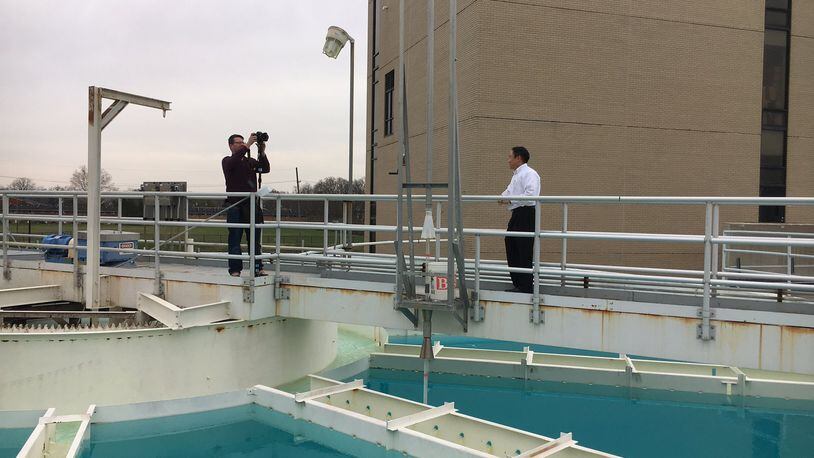“This grant is huge,” said Antony Seppi, operations director for the Hamilton Mill. “We’re the only entity within the Cincinnati area to receive this money from this particular grant.”
The money will support an “Industrialist in Residence” program that will provide participating companies with guidance and mentorship to Pipeline companies, Seppi said: “I think it’s a game-changer, as far as where our organization goes.”
Wilbur Ross, United States Secretary of Commerce said in a news release, “These projects will enable entrepreneurs in communities across the United states to start new businesses, manufacture innovative products, and export them throughout the world — increasing America’s global competitiveness.”
UC also is looking forward to helping the second Pipeline H2O class next year improve its technologies and efforts to help deal with water problems globally, such as water pollution, water purification, and sewage treatment.
Six companies participate in the first Pipeline H2O class this winter and spring.
“We have a water center here (at UC), it’s kind-of informal,” Taylor said. “It’s not like it’s a separate building, or a separate institute, but it’s basically a group of faculty in different disciplines around water, and this grant will give them an opportunity to work with entrepreneurs in Pipeline H2O, and I think it will provide them experience related to developing technology.”
“It’ll be a boost for us, in terms of trying to translate our research, off-campus, to deal with real-world problems,” Taylor said. “It’s a hard award to get, and we’re excited to be working with the city of Hamilton.”
“There’s a lot of assets in the region,” Taylor said, noting the U.S. Environmental Protection Agency also has a significant research presence locally, and signed a letter of support for the program.
“I think it’ll help the Hamilton city, but it’ll help the region also,” Taylor said.
About the Author
